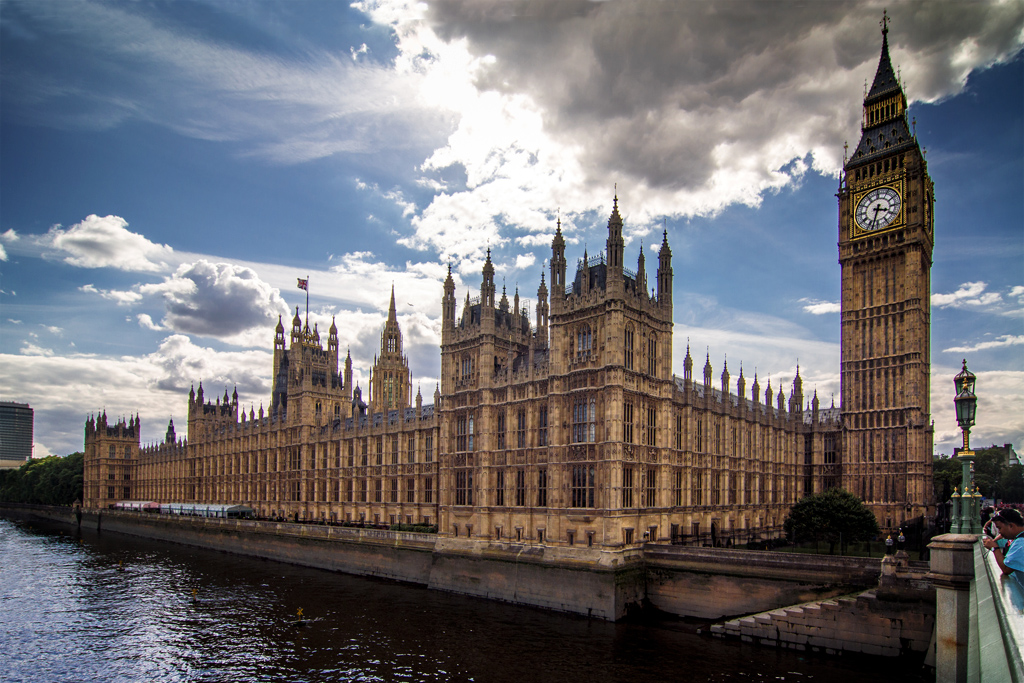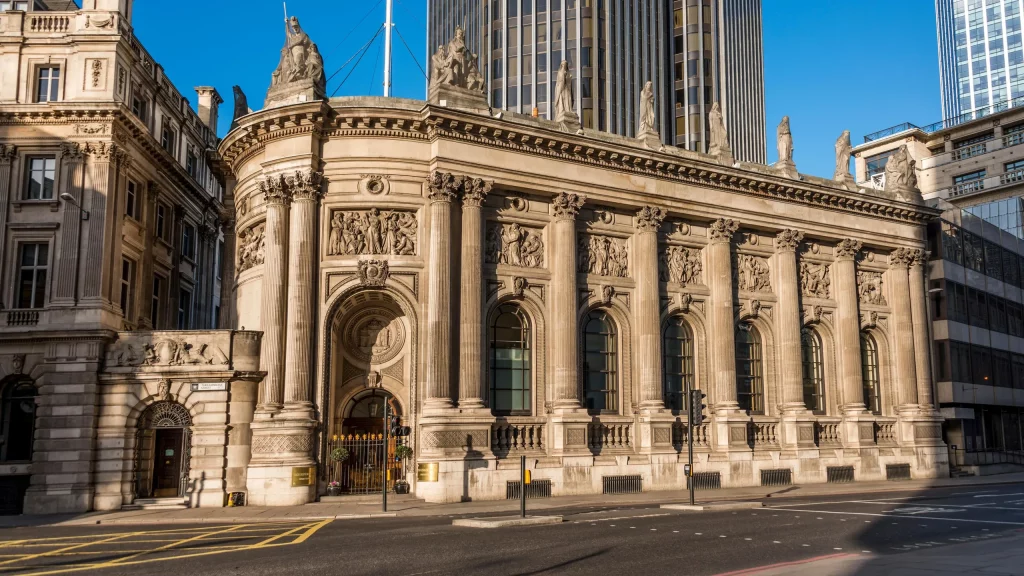From Gothic Revival To Queen Anne: How Victorian Architecture Continues To Shape Modern Design
Explore Victorian architecture—its origins, key features, major architects, and why this richly ornamental 19th-century style continues to influence modern design.
Victorian architecture is what happens when a society gains new machines, new money, and absolutely no intention of using either subtly. If earlier styles were polite nods to classical proportion, the Victorians took one look at symmetry and said, “Lovely. Now let’s add turrets, stained glass, mechanical flourishes, cast-iron balustrades, five kinds of brickwork, and enough ornamentation to make a peacock blush.” It’s design turned up to eleven—part industrial revolution, part fever dream, and entirely unashamed of its exuberance. Victorian buildings don’t whisper; they belt out an aria while wearing embroidered velvet and waving a wrought-iron fan. And that, in a world increasingly obsessed with minimalism, is what makes them endlessly fascinating.

Victorian architecture flourished during Queen Victoria’s reign (1837–1901), a period when Britain was transforming at a staggering pace. The Industrial Revolution introduced new materials, mass production, rail networks, and technologies that reshaped construction forever. Suddenly, architects had cast iron, plate glass, new brick types, and prefabricated components at their disposal. This unleashed a stylistic explosion: Gothic Revival, Italianate, Queen Anne, Romanesque, and more. Victorian architecture wasn’t one style—it was a spirited buffet of influences, each feeding off newfound creative freedom. Victorian designers were masters of mixing and matching. Medieval Gothic arches paired with modern iron frames? Absolutely. Classical details on townhouses filled with industrial-era engineering? Why not. The Victorian world was changing, and architecture became a reflection of both its anxieties and ambitions. Buildings embodied a yearning for history combined with a delight in innovation. This eclecticism is what gives Victorian streets their theatrical personality: exuberant façades, whimsical asymmetry, and a parade of textures and patterns that refuse to blend quietly into the background.

Victorian architecture is distinguished by steeply pitched roofs, decorative gables, patterned brickwork, bay windows, stained-glass panels, wraparound porches, cast-iron balconies, elaborate cornices, and richly detailed interiors. The style embraces towers, turrets, spires, painted trim, and intricate woodwork—creating façades that feel alive with texture and symbolism. Interiors feature high ceilings, ornate plasterwork, heavy drapery, patterned wallpapers, and intricate floor tiles, all reflecting the period’s obsession with embellishment and craftsmanship enhanced by new industrial capabilities.

The Victorian era produced some of the most recognisable and beloved structures in architectural history. London’s Palace of Westminster, rebuilt by Charles Barry and Augustus Pugin, stands as a Gothic Revival masterpiece dripping in medieval detail. The Royal Albert Hall, with its terracotta façade and soaring dome, showcases the era’s technical daring. Across the Atlantic, the Carson Mansion in California epitomises Queen Anne exuberance with its turrets and gingerbread trim. Melbourne’s Royal Exhibition Building, one of the first UNESCO-listed buildings in Australia, demonstrates how Victorian grandeur went global. From railway stations to townhouses, the Victorian footprint is unmistakable.
Also Read: What Is Cape Cod Style Architecture? Why This Classic American Home Design Endures

Several architects defined Victorian-era creativity. Augustus Pugin championed Gothic Revival, believing medieval craftsmanship represented moral integrity. Charles Barry adapted classical and Gothic traditions with refined practicality, while American architect Richard Norman Shaw pioneered the Queen Anne Revival with red brick, gables, and playful asymmetry. Meanwhile, engineers like Isambard Kingdom Brunel revolutionised bridges, railway stations, and public infrastructure—proving that Victorian architecture wasn’t just beautiful, it was groundbreaking. These figures collectively crafted a design era where artistic nostalgia coexisted with the forging of the modern world.
Also Read: Zaha Hadid’s Legacy: The Visionary Architect Who Transformed Modern Desert Mansions
Though styles have evolved, Victorian architecture remains deeply embedded in urban identity, heritage conservation, and contemporary aesthetics. Cities across the world preserve Victorian neighbourhoods for their charm, craftsmanship, and cultural value. Designers continue to draw inspiration from Victorian detailing—patterned tiles, decorative trims, bold colours, and handcrafted ornamentation are once again fashionable. Most importantly, Victorian architecture stands as a reminder that creativity and innovation can coexist with romance and ornament. In an age of glass boxes and minimalism, it offers a timeless counterpoint: beauty born not from restraint, but from imagination.